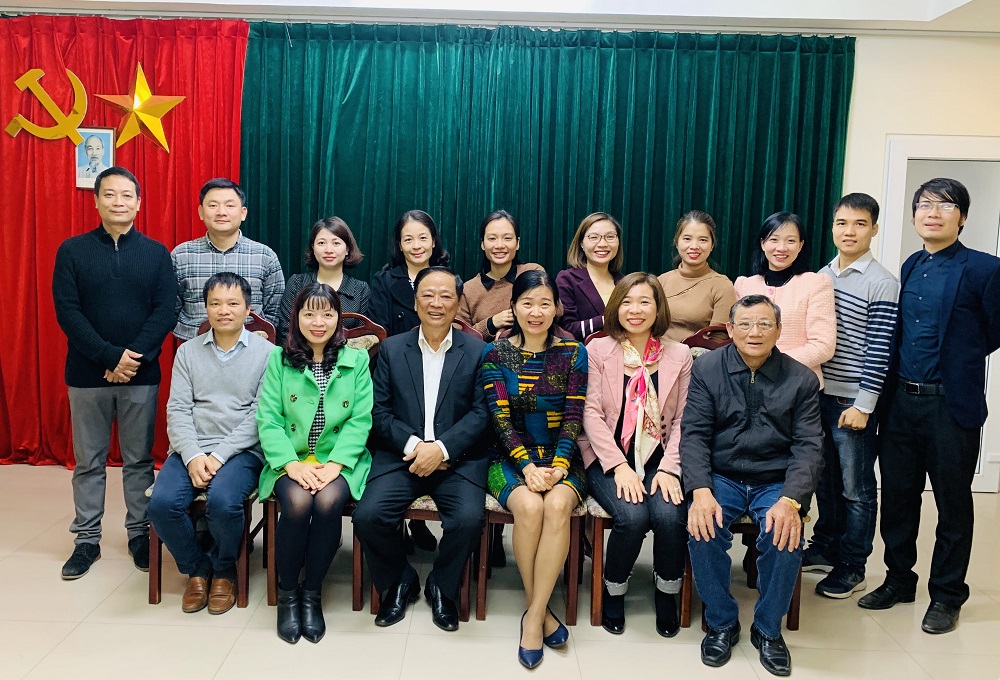
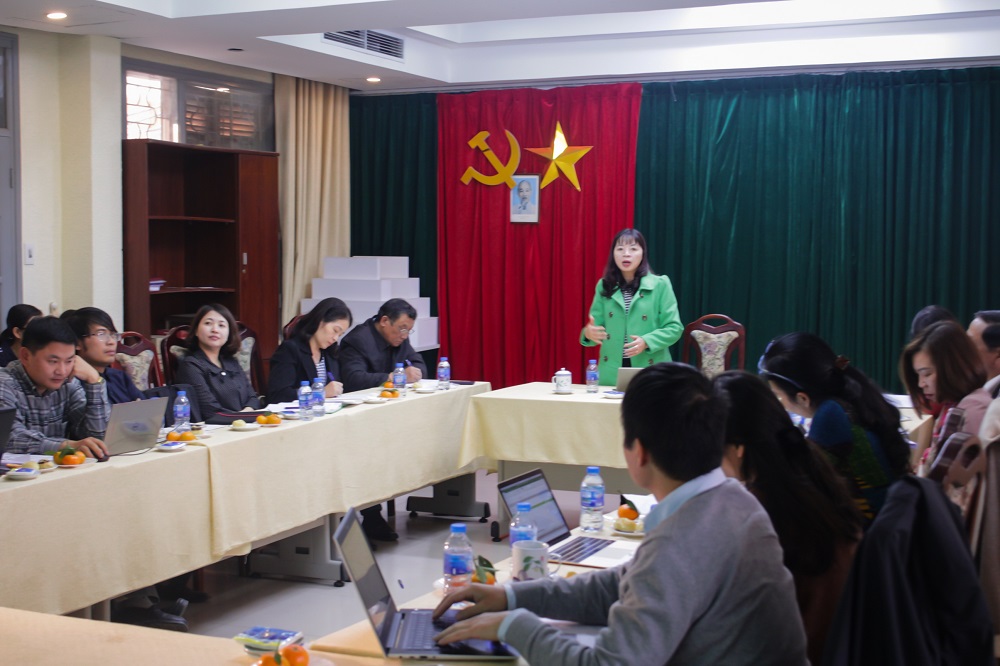
The Council accepted 5 teaching syllabuses integrating conservation and prevention of illegal wildlife trafficking.
The acceptance council for the integrated lecture is composed of experts in the field of journalism, communication and conservation of the University of Applied Sciences, including: Dr. Mai Duc Loc - Vice President of the Vietnam Journalists Association, Associate Professor, Dr. Dang Thi Thu Huong - Director of the Institute of Journalism and Communication, Associate Professor, Dr. Nguyen Thi Truong Giang - Head of the Department of Radio and Television (Academy of Journalism and Communication), Associate Professor, Dr. Dinh Thi Thu Hang - Deputy Head of the Department of Radio and Television (Academy of Journalism and Communication), Dr. Nguyen Quang Truong - Head of the Department, Head of the CITES team, Institute of Ecology and Biological Environment Resources. Attending the program were Ms. Hoang Bich Thuy - Director of WCS in Vietnam, along with a team of staff, lecturers and students of the Institute of Journalism and Communication.
Wildlife conservation and law enforcement against illegal wildlife trade are urgent issues on a global scale. In addition to over-exploitation of natural resources, threatening the habitat of animals and plants, illegal hunting and trade of wildlife worldwide is also the cause of many species declining in numbers, leading to extinction, seriously threatening the balance of ecosystems on Earth.
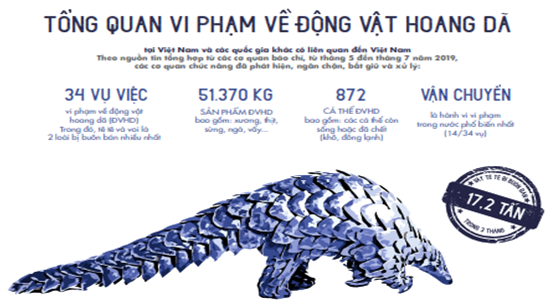
Source: WCS Vietnam Organization
The press and media are identified as one of the important means in the work of creating and orienting public opinion, changing people's awareness and behavior in the conservation of wildlife, and enforcing laws against illegal wildlife trafficking. Although it is a very urgent topic, information on the media is currently limited. Besides the elaborate and successful investigative journalism works on this topic, information on all types of press and media in general has not received due attention. Even if information is not carefully provided about the profits or tricks of criminals, it will inadvertently stimulate demand and increase the desire to trade in illegal wildlife.
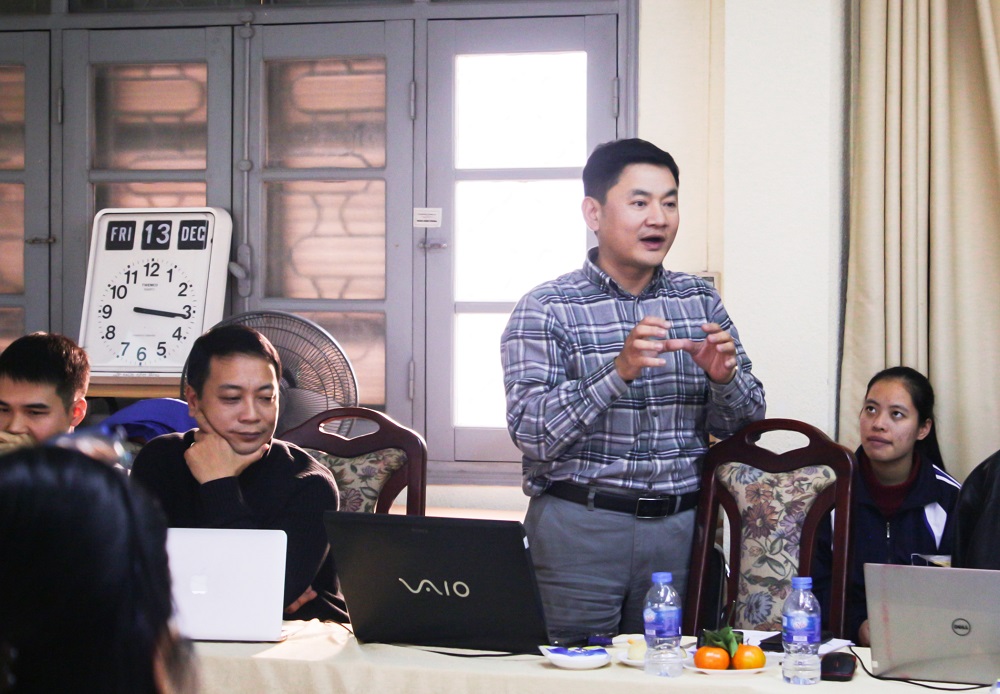
Lecturers present integrated teaching content
Regarding the Integrated Teaching Project, Associate Professor, Dr. Dang Thi Thu Huong, Director of the Institute for Journalism and Communication, said: The Institute for Journalism and Communication implemented this project with the philosophy of "spiral training", the integrated subjects are designed from the first to the fourth year in the training program of the Journalism major, from subjects providing basic knowledge of journalism and communication theory to practical subjects.
The five subjects implementing the integrated program are:General Journalism and Communication, Law and Ethics of Journalism and Communication, Radio News Program Production, Television News Program Production, Website Design and Content Management. With this design model, the Institute of Information and Communications aims to comprehensively equip students with awareness, specialized knowledge, understanding of law and ethics, and practice skills to work on the topic of conservation and prevention of illegal wildlife trafficking. This specialized issue is integrated logically, flexibly and creatively in the content of journalism and communication teaching. The perspectives are comprehensively exploited with different groups of topics: raising awareness of biodiversity and ecological balance, knowledge of wildlife, human impacts on habitats and wildlife, law enforcement to prevent illegal trafficking... In particular, the integration method in each subject promotes students' ability to work proactively, creatively and think critically. This aims to contribute to meeting the requirements of improving information capacity for future journalism and communication human resources.
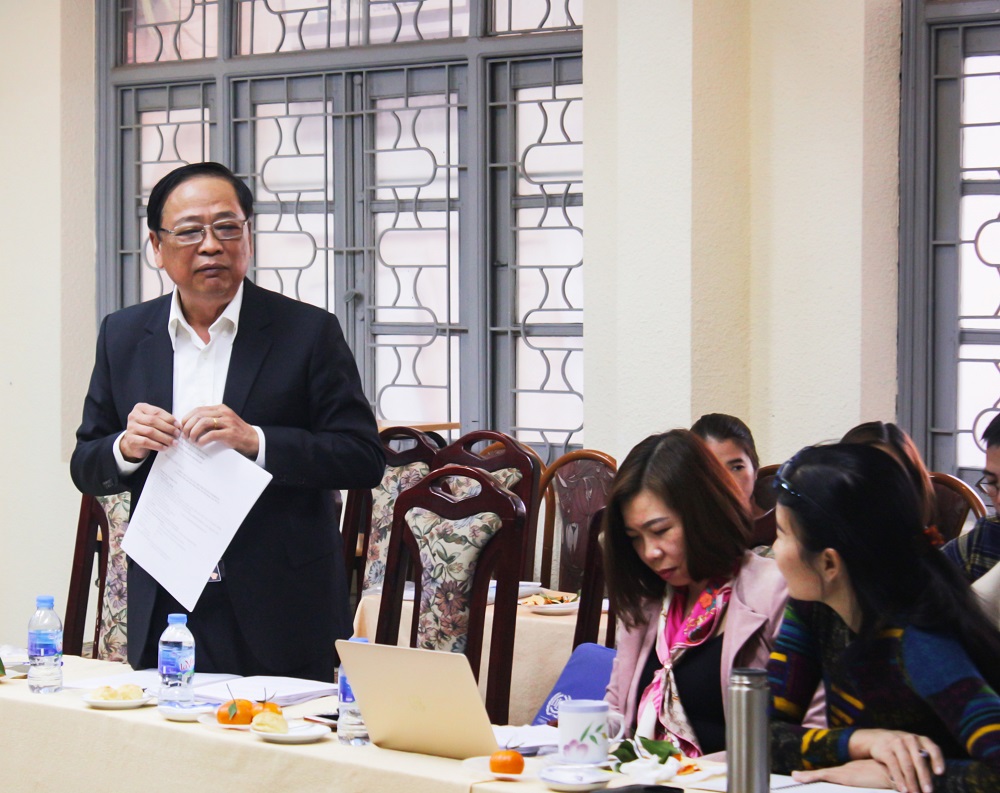
Experts highly appreciate the integrated instructional design model in the training program of the Institute of Training and Information Technology.
Vice President of the Vietnam Journalists Association, Dr. Mai Duc Loc welcomed the integrated curriculum of the Institute for Training, Broadcasting and Information Technology. He shared: society is facing fierce conflicts between economic development and conservation of habitats and wildlife, human needs are gradually reaching the threshold of balance and biodiversity. Conservation of wildlife is also protecting humanity in sustainable development. Journalism on conservation and prevention of illegal wildlife trafficking needs to be carried out with passion, deep expertise, avoiding bias and half-heartedness. The integrated curriculum of the Institute for Training, Broadcasting and Information Technology meets scientific requirements, combines a broad knowledge base and deep expertise, and needs to continue to be invested in to make practical contributions to training future journalists.
The Council shared many ideas to continue to improve the course outlines and put them into practice to teach more effectively. If in phase 1 (WCS cooperated with the Faculty of Radio and Television, Academy of Journalism and Communication), the project had elaborate lectures and documents summarizing the activities of Investigative Journalism on illegal wildlife trafficking, then in phase 2, the Institute of Journalism and Communication has built a comprehensive systematic training program, with criteria on objectives, methods, integrated teaching methods and detailed output standards for each student group, each "spiral".
Ms. Hoang Bich Thuy - Director of WCS in Vietnam shared: the integrated curriculum has contributed significantly to the change: change in awareness, in behavior, first of all for each lecturer and student - those working in the field of journalism and communication in the future on the issues raised for the University of Information and Communications. Currently, the majority of the public still does not clearly understand this issue, so they want the information published by the press to always identify the correct message, recipient, purpose of changing whose behavior and what behavior to change. The results of the cooperation between WCS and the Institute of Journalism and Communication Training in general and integrated teaching in 5 subjects in particular will continue to be summarized, increased and spread.

The Council and all staff and lecturers of the Institute of Information Technology and Communications took a souvenir photo
The coordination with WCS to organize the integration of wildlife conservation issues and law enforcement on preventing and combating illegal wildlife trafficking is a meaningful activity in the training work of the Institute of Journalism and Information Technology. This is a potential development direction in both theoretical and practical research on specialized contents of journalism, especially in the complex movement of contemporary ecological issues.
|
-WCS Organization (https://vietnam.wcs.org/Trang-chủ.aspx)was established with the goal of conserving the world's largest wilderness areas, in 15 priority areas - preserving 50% of the global biodiversity value. WCS has a history of 120 years of formation and development, with representative offices in nearly 60 countries around the world and its headquarters located in New York, USA. WCS has been working in Vietnam since 2006 with the primary mission of combating illegal wildlife trafficking, promoting cooperation and inter-sectoral activities at both national and international levels... - Vietnam is a country with high biodiversity in the world, however, the level of threat and risk of extinction is at an alarming level. As of 2014: + 1211 species (plants: 600 species, animals: 611 species) are threatened with extinction + Species listed in the IUCN Red List (2019): plants: 299 species, animals: 1056 species. + The world's rarest animals such as Saola are at the endangered level, one-horned rhinoceros is extinct, wild tigers have only 10-20 individuals left, primates, birds,... are rapidly declining. In addition, Vietnam is both a consumer market and a transit point for the most important illegal wildlife trade network in Southeast Asia. Rhino horn, elephant tusks, and pangolin scales are the main wildlife products traded for consumption in the Chinese, Vietnamese, and Thai markets. Over the past 10 years, it is estimated that more than 1 million pangolins have been killed globally for medicinal purposes... - Illegal wildlife trafficking is a pressing issue globally. |
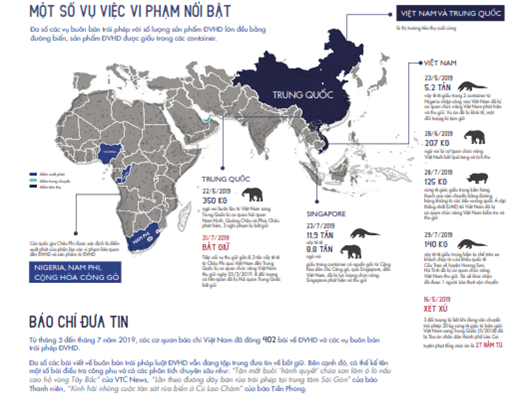
Source: WCS Vietnam Organization
Author:SJC
Newer news
Older news